I have loved writing this blog all year and being able to educate you all on the multiple types of dogs and different dog facts as well. If it has not been made clear already after all of my posts, I love dogs. I think that dogs are such an important part of life and that everyone should be able to experience life with a dog. I know that some people might be afraid of dogs but that is why there are so many different breeds to choose from; you can pick a dog based on your own preferences, needs, and desires which is so awesome. Every dog breed has a different type of personality so you are able to pick a calmer breed or a more excited breed if you want.
I am not just encouraging you all to get a dog because I love them, it has actually been proven that dogs are actually good for your own health. For example, the American Heart Association found that owning a dog can actually reduce the risk of getting cardiovascular disease. Another American Heart Association study found that dog owners who receive support from their puppers actually have lower blood pressure brought on by mental stress. Maybe it is due to taking your dog on walks or maybe it is due to the fact that your heart gets ten times bigger with the love you have for your dog, who knows? Aside from being good for physical health, there is also evidence that shows that dogs are linked to the reduction of anxiety, depression, and other mental health problems. This goes along with pet therapy and how dogs are used in hospitals for patients, for people undergoing chemotherapy, veterans with post-traumatic stress disorder, and even physical therapy patients who are working on their motor skills. Another crazy things that dogs can do to help with your health is that they are actually able to detect life-threatening health issues. For example, dogs can be trained to realize and identify when their owner is having a seizure. Quick personal story to prove this. One of my family members had seizures and my Welsh Corgi, who we never trained to detect seizures, would actually start freaking out if that person started having a seizure which then alerted us that we need to get to that person. So we never trained our dog to do that, she just knew based on her own instincts. Also, dog’s can even be used to help with allergies. For example, a dog’s terrific sense of smell can actually be used to catch a certain food before their owner eats it. So while you might have to train your dog to be able to detect these types of health issues, they are very able to be trained. So if you want to live a healthier, happier, and less stressful life, get a dog ASAP!
Now, say your kid has been bothering you to get a dog or maybe you are begging your parents to get a dog, there are so many reasons to get a dog for kids. Here are just a few reasons to get a dog for your kids:
- Dogs teach responsibility
- Being responsible for a dog teaches kids how hard it is to care for another living thing, this is not like taking care of a goldfish, it is much more difficult and takes a lot more time and effort. This helps children to learn how to take initiative, remain grounded and remind them that another live depends on them.
- Dogs help to build up the immune systems
- Studies have shown that kids who live with dogs actually tend to get less sick throughout their lives. One study showed that babies who are brought into a home that already has a dog are less susceptible to respiratory infections and colds. The reason for this is because dogs bring in different kinds of germs and bacteria that a child’s immune system learns to build defenses against which then helps them as they grow.
- Dogs Offer Protection
- Having a dog in your home causes a reduced chance of a break in or a robbery. Dogs are great for defending your home because they are ready to bark or defend their family against intruders. Also, robbers are more likely to skip over houses that have dogs in them because of the hassle they cause.
- Dogs keep kids active.
- If you want to make sure that your child is staying healthy, make them walk the dog every day. Dogs need to be walked in order to stay healthy and children need to have physical exercise as well. Even playing fetch with a dog contributes to a healthier life for kids.
- Dogs help to teach selflessness
- When a child has to go from being in charge of themselves to being in charge of a dog, they learn that life does not revolve around them. When a child is responsible for another living thing, they learn that others need to be taken care of themselves since they can’t take care of themselves.
Although it might be a daunting task to welcome a dog into your home and train them, it will be worth it. Dogs are not just animals, they are a support system that provides unconditional love. There is too much evidence to dispute the fact that dogs are good for people. Yes, there are horror stories about terrible dogs but if you do enough research and pick your dog very carefully, you should not have issues. Please take a look at these adoptable dogs and make their life and your life even better.
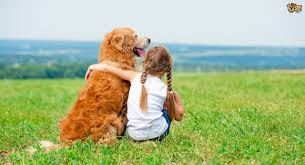




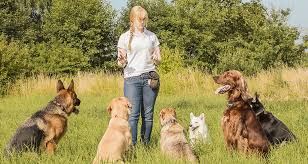

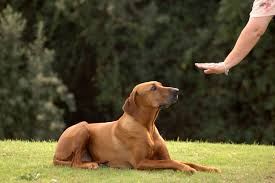
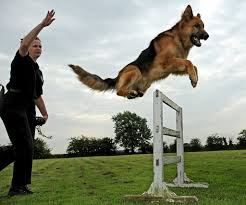

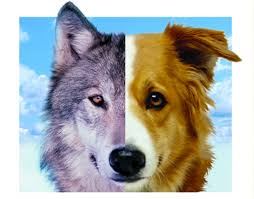
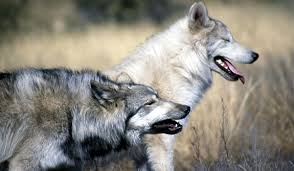
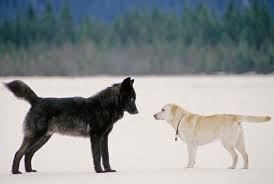

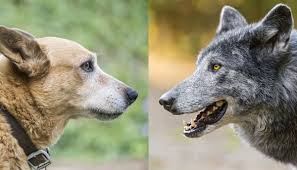

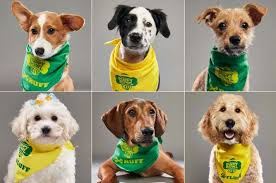
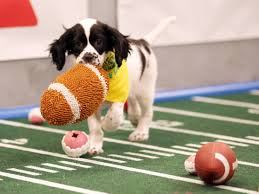






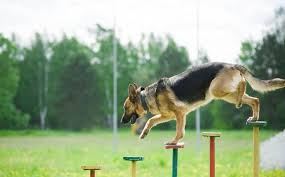

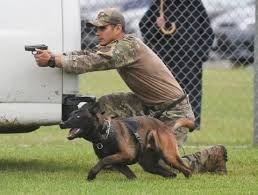



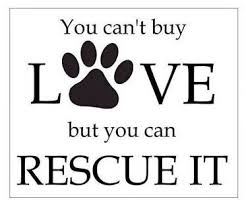

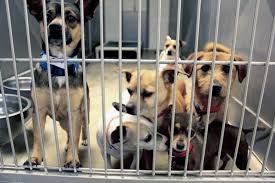






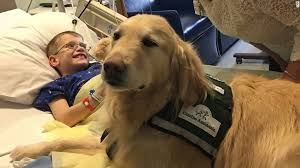







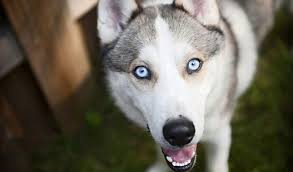

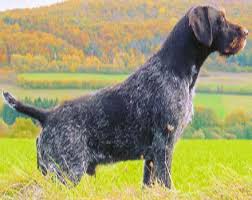



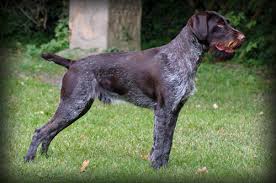
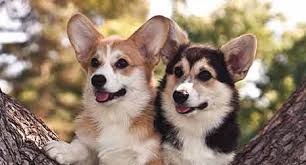
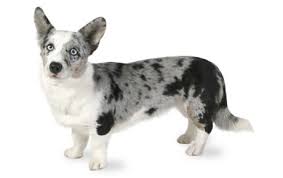


 And do not forget, there are always dogs that need adopting. Try to go to shelters instead of “puppy boutiques” or breeders be cause those dogs need homes more than ever. If you want a Corgi, go no further than this
And do not forget, there are always dogs that need adopting. Try to go to shelters instead of “puppy boutiques” or breeders be cause those dogs need homes more than ever. If you want a Corgi, go no further than this